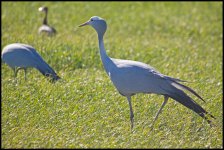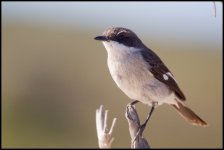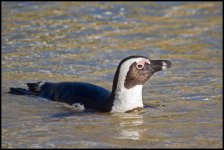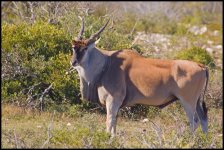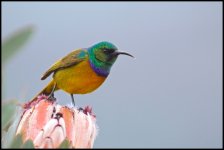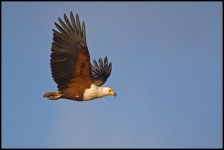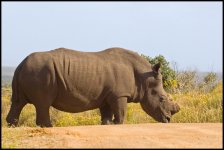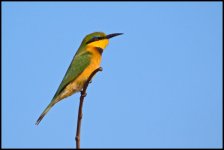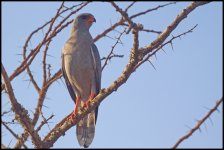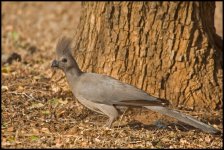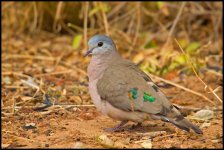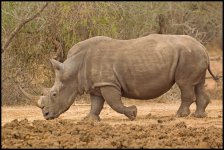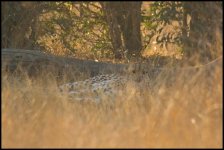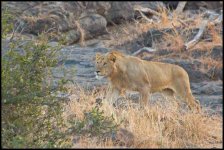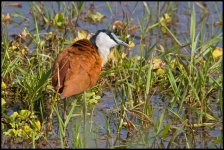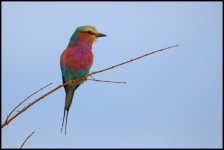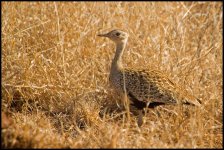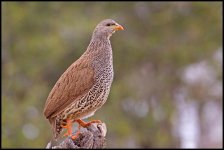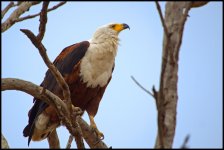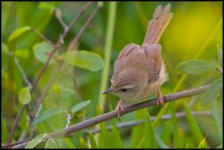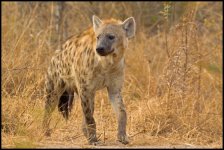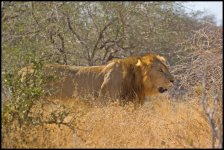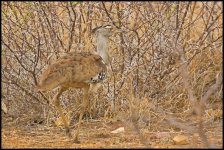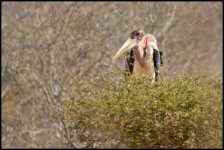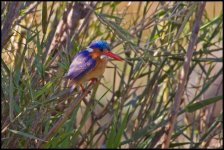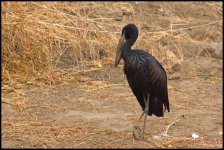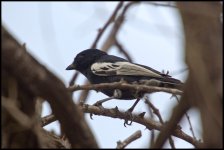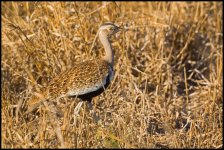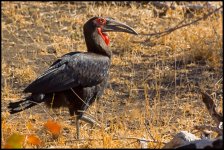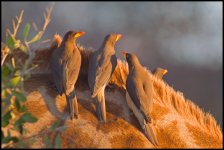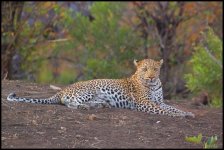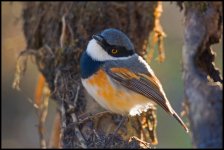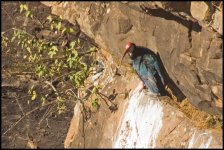Hello everyone:
Last August I used my vacations to visit South Africa. Undoubtedly a country with an incredible variety, where I could enjoy with up to 240 species of birds and about 40 of mammals. The trip had two distinct parts. The first one was centered around Cape Town, an area whose predominant ecosystem is known as fynbos, a shrubby plant formation with an abundance of proteas and ericas. In addition, because it is a coastal area, one can find birds corresponding to that environment. Boat trips leave from this area both to see pelagic birds and to see white shark or southern right whale. Unfortunately, bad weather prevented all those boat trips, but in return we were able to visit other equally interesting areas.
The second part of the trip was focused on the eastern part of the country, from Isimangaliso, a wetland that is a World Heritage Site, passing through Esuatini (formerly Swaziland), until reaching the well-known Kruger National Park. Of course I left large areas without visiting, from the Karoo area, almost deserted, to the one known as the Garden Route, on the south coast of the country, each with their own endemisms. Without doubt, both ecosystems deserve a future visit.
To organize the trip I regularly used the highly recommended blogs (sorry, in spanish) from Paco Chiclana (for both areas) (http://elblogdepacochiclana.blogspot.com/2014/09/sudafrica-2014-ciudad-del-cabo-y.html) and Daniel García (mainly for Kruger, with an impressive description of all the days they were there; here I leave only his last entry, but you can easily search for the remaining ones) (https://avistadepajaros. wordpress.com/2014/02/21/expedicion-al-kruger-xiii-balance-y-datos-de-interes/).
From my part, and for the moment I have made a series of entries corresponding to the area around Cape Town. Here, I leave you them in case anyone can be interested to organize future trips. Later I will add those corresponding to the eastern part of the country.
1. Cape Town and West Coast National Park
2. Kirstenbosch National Botanical Garden and west coast of Cape Peninsula
3. Boulders Beach
4. Cape of Good Hope Nature Reserve (Table Mountain National Park)
5. Sir Lowry's Pass
6. Stony Point Nature Reserve (Betty's Bay)
7. Hermanus
8. De Hoop Nature Reserve
9. Agulhas Plains
Below you can see some pictures of a blue crane, fiscal flycatcher, african penguin, common eland and orange-breasted sunbird. More pictures can be found in the above links, together with the locations of the visited areas.
Last August I used my vacations to visit South Africa. Undoubtedly a country with an incredible variety, where I could enjoy with up to 240 species of birds and about 40 of mammals. The trip had two distinct parts. The first one was centered around Cape Town, an area whose predominant ecosystem is known as fynbos, a shrubby plant formation with an abundance of proteas and ericas. In addition, because it is a coastal area, one can find birds corresponding to that environment. Boat trips leave from this area both to see pelagic birds and to see white shark or southern right whale. Unfortunately, bad weather prevented all those boat trips, but in return we were able to visit other equally interesting areas.
The second part of the trip was focused on the eastern part of the country, from Isimangaliso, a wetland that is a World Heritage Site, passing through Esuatini (formerly Swaziland), until reaching the well-known Kruger National Park. Of course I left large areas without visiting, from the Karoo area, almost deserted, to the one known as the Garden Route, on the south coast of the country, each with their own endemisms. Without doubt, both ecosystems deserve a future visit.
To organize the trip I regularly used the highly recommended blogs (sorry, in spanish) from Paco Chiclana (for both areas) (http://elblogdepacochiclana.blogspot.com/2014/09/sudafrica-2014-ciudad-del-cabo-y.html) and Daniel García (mainly for Kruger, with an impressive description of all the days they were there; here I leave only his last entry, but you can easily search for the remaining ones) (https://avistadepajaros. wordpress.com/2014/02/21/expedicion-al-kruger-xiii-balance-y-datos-de-interes/).
From my part, and for the moment I have made a series of entries corresponding to the area around Cape Town. Here, I leave you them in case anyone can be interested to organize future trips. Later I will add those corresponding to the eastern part of the country.
1. Cape Town and West Coast National Park
2. Kirstenbosch National Botanical Garden and west coast of Cape Peninsula
3. Boulders Beach
4. Cape of Good Hope Nature Reserve (Table Mountain National Park)
5. Sir Lowry's Pass
6. Stony Point Nature Reserve (Betty's Bay)
7. Hermanus
8. De Hoop Nature Reserve
9. Agulhas Plains
Below you can see some pictures of a blue crane, fiscal flycatcher, african penguin, common eland and orange-breasted sunbird. More pictures can be found in the above links, together with the locations of the visited areas.




